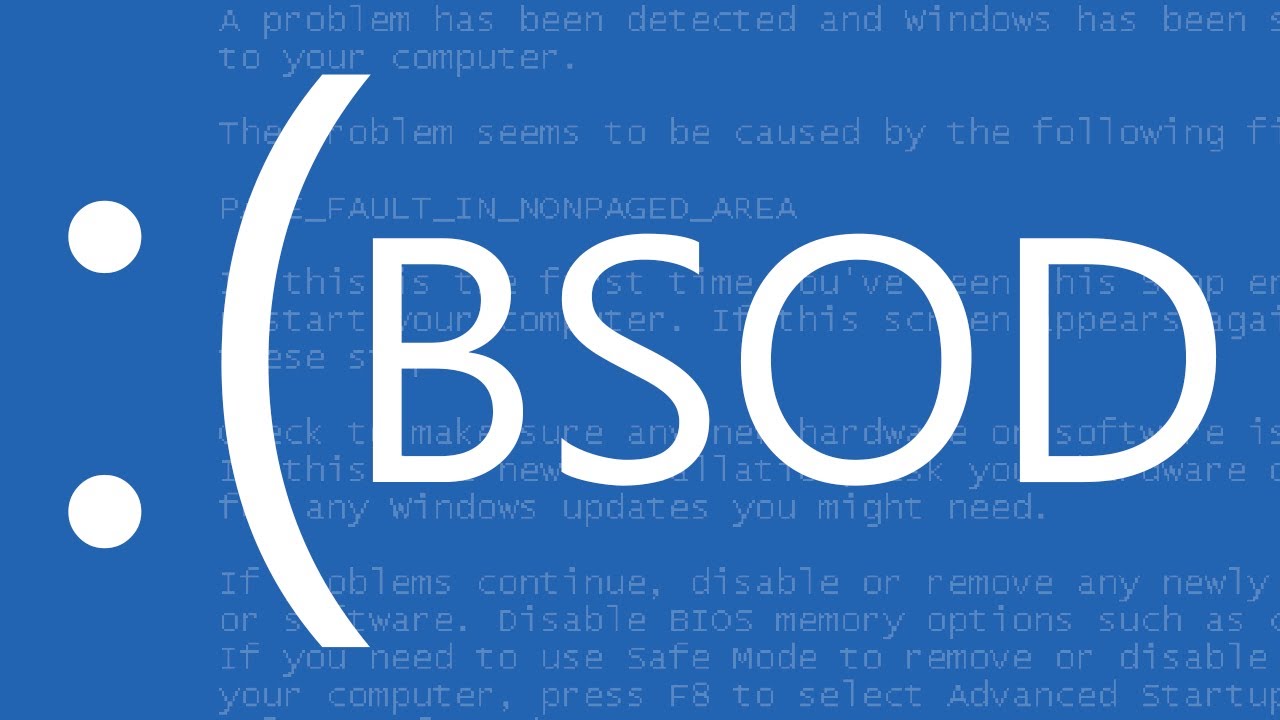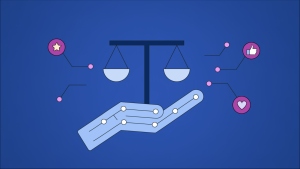How to Fix Slow Internet Speeds on a Fast Plan
It’s frustrating when you’re paying for a high-speed internet plan—say 100 Mbps or higher—but your connection still crawls. You might be trying to stream 4K videos, download large files, or join video calls, only to face lag, buffering, or poor quality. If you’re wondering why your internet feels slow despite a fast plan, you’re not alone. Many people experience this issue and assume the problem lies solely with their internet provider. While that’s possible, there are many factors that could be causing slow speeds.
This guide will walk you through the most common causes and step-by-step fixes to help you get the speed you’re paying for.
1. Start with a Speed Test (But Do It Right)
Before diving into advanced troubleshooting, check your actual internet speed.
Use a reliable tool like Speedtest by Ookla or Fast.com. But don’t just click and test from your phone over Wi-Fi. For an accurate measurement:
-
Use a wired Ethernet connection directly to your router or modem.
-
Close all other apps and browser tabs.
-
Disconnect other devices from the network temporarily.
This gives you a baseline of your actual incoming speed from your ISP. If the speed matches your plan (within a 10–15% margin), the problem lies elsewhere—likely Wi-Fi or device-related.
2. Check Your Wi-Fi Signal Strength
One of the most common culprits for slow internet is poor Wi-Fi signal strength. Even if your internet connection is fast, weak Wi-Fi can severely throttle speeds.
Steps to fix:
-
Move closer to the router to see if speed improves.
-
If you’re using 2.4 GHz, try switching to 5 GHz, which is faster over short distances.
-
Use a Wi-Fi analyzer app to detect signal strength and nearby channel congestion.
If your speed improves near the router, the issue is likely range or interference. In such cases, consider repositioning the router or using Wi-Fi extenders or mesh systems for better coverage.
3. Reboot Your Modem and Router
It may sound cliché, but restarting your modem and router can resolve temporary glitches that throttle performance. Routers and modems can become overloaded or experience memory leaks after running for days or weeks.
Steps:
-
Unplug both devices from power.
-
Wait at least 30 seconds.
-
Plug in the modem first, then the router.
Give it a few minutes to fully restart, and run another speed test.
4. Check for Bandwidth-Hungry Devices or Apps
Multiple users or devices can eat up your bandwidth without you realizing it. Common examples include:
-
Video streaming (especially 4K)
-
Online gaming
-
Cloud backups (like Google Drive, OneDrive)
-
Software updates downloading in the background
What to do:
-
Check your router’s device list and bandwidth usage (usually available in the router’s admin panel).
-
Pause or schedule automatic updates for off-peak hours.
-
Enable Quality of Service (QoS) settings in your router to prioritize essential traffic like video calls or gaming.
5. Update Your Router Firmware
Outdated firmware can cause bugs, performance issues, and even security vulnerabilities.
How to update:
-
Log into your router’s admin panel (usually at 192.168.0.1 or 192.168.1.1).
-
Check for firmware updates under “Administration” or “Advanced Settings.”
-
Follow the instructions provided by the router manufacturer.
Modern routers often support auto-updates, but it’s still worth verifying if yours has the latest version.
6. Use Wired Connections for Critical Devices
Wi-Fi will never be as stable or fast as Ethernet. If you’re working from home, gaming, or streaming and need consistent speed, plug your device directly into the router with an Ethernet cable.
Wired connections:
-
Bypass Wi-Fi interference and signal loss
-
Provide consistent latency and speed
-
Are more secure
If running cables isn’t feasible, consider Powerline adapters which use your home’s electrical wiring to deliver internet to hard-to-reach spots.
7. Scan for Malware and Background Processes
Sometimes, slow speeds are caused not by your network, but by your device. Malware, spyware, and even browser extensions can hijack your bandwidth or slow down performance.
To fix this:
-
Run a full antivirus scan using trusted software.
-
Use Task Manager (Windows) or Activity Monitor (Mac) to check for background processes using high network resources.
-
Disable unused browser extensions and background apps like torrent clients or cloud sync tools.
8. Check Network Adapter and Drivers
If your PC or laptop is consistently slow while other devices are fine, the issue may lie in your network adapter or its drivers.
To troubleshoot:
-
On Windows, open Device Manager > Network Adapters > Right-click > Update Driver.
-
Ensure your wireless adapter supports your current router’s speeds and Wi-Fi version (e.g., Wi-Fi 5, Wi-Fi 6).
-
Consider upgrading your adapter if it’s more than a few years old.
9. Change Your DNS Server
Your ISP’s default DNS servers may be slow or overloaded. Switching to a public DNS service can speed up page loading times and improve reliability.
Popular options:
-
Google DNS: 8.8.8.8 and 8.8.4.4
-
Cloudflare DNS: 1.1.1.1
-
OpenDNS: 208.67.222.222
You can change DNS settings either on your router or per device, depending on your needs.
10. Call Your ISP (And Be Informed)
If none of the above work and your speeds are consistently below what you’re paying for—even on a wired connection—you may need to contact your internet provider.
Before calling:
-
Document speed test results at different times of the day.
-
Note whether the issue affects all devices or only specific ones.
-
Ask your ISP if there are known outages or network congestion in your area.
Sometimes ISPs throttle speeds during peak hours or due to fair usage policies. A well-informed customer is harder to brush off with vague responses.
Final Thoughts
Paying for a fast internet plan doesn’t guarantee fast speeds everywhere in your home or on every device. The good news is, most slowdowns can be traced back to one or two common causes—Wi-Fi range, overloaded devices, outdated hardware, or software interference.
By following the steps in this guide, you can eliminate weak links in your network and enjoy the speed you’re actually paying for. If all else fails, don’t hesitate to escalate the issue to your ISP or consider switching providers if the service remains inconsistent.
Whether you’re streaming, gaming, working remotely, or just browsing, a reliable internet connection is essential. And with the right tools and know-how, you can make sure you’re getting the performance you deserve.

With years of experience in technology and software, John leads our content strategy, ensuring high-quality and informative articles about Windows, system optimization, and software updates.












![7 Common Windows 10 Errors And How To Fix Them [2020] - TechDipper](https://windows12download.com/wp-content/uploads/2023/04/Windows-10-Errors-300x169.jpg)

Post Comment
You must be logged in to post a comment.